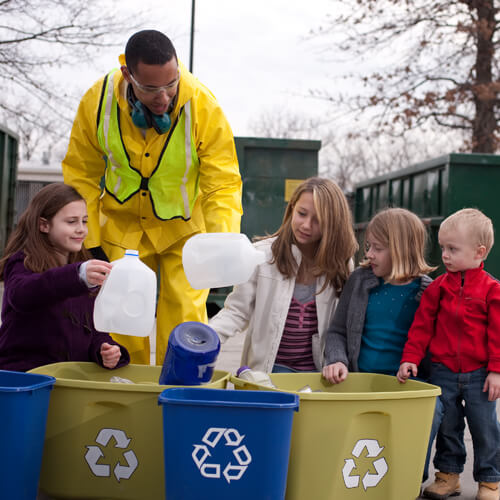Public engagement is key to waste site planning issue
The waste policy review announced by Caroline Spelman at Futuresource in June offers massive potential for the industry to meet its full potential and for the green economy to make a bigger contribution than ever to UK PLC.
With more than 60 anaerobic digestion sites at some stage of planning and confusion reigning over the situation surrounding environmental permitting and planning permission, the news that the system is to be streamlined and anomalies addressed can only be welcomed.
The move has the potential to create jobs, cut CO2 emissions and stimulate investment and confidence in the sector. In turn, this will help to consolidate the industry’s reputation as being clean, dynamic and professional.
At the same time, it presents real communications challenges. Ensuring that the local population understand and support new facilities has always been an important part of the communications requirements surrounding planning applications. Each time this is done properly, a few more people are convinced by the industry’s arguments. It’s a long and fragile process: get it wrong and that hard-fought positivity comes crashing down around us.
As recycling and recovery technology becomes increasingly complicated it’s also becoming harder for the person in the street to understand.
In addition, the media consumed by different parts of the population is becoming increasingly disparate. It’s clear that the need for well-thought out communications and public consultation processes is stronger than ever.
The first step is to understand who you are talking to. A thorough process will identify all of the groups of people that can have any affect on your organisation and understand how they can help (or hinder) what you are trying to do. The next step is the increasingly complex one: find out where these people are getting their information.
Once upon a time you could be sure it was the local paper or radio. Or perhaps the pub. And for some parts of the population, that’s still true. But increasingly it’s online.
The increasing demand for online information also creates some great opportunities to make it easy for people to understand new facilities: virtual tours and regularly updated blogs so that people know what you’re up to are just a couple of examples.
The challenge is ensuring that you have the right information in the right places for the right people. Get it wrong and it causes real problems (for a particularly nasty example look at the furore around the Nocton Dairy http://www.dailymail.co.uk/news/article-1292011/The-truth-mega-farms-Chemical-fumes-distressed-animals-poisoned-locals.html). At best you’ll end up with a facility with no community support, making life tough in the long run.
A robust communications and consultation process is one way that new facility developers can streamline the planning process themselves. Combined with a thorough government review backed up with realistic policy we can bring some fantastic new projects to fruition quickly while improving the overall perception of the industry at the same time.
Pelican Communications are specialists in the environment, food and drink, outdoor and leisure and packaging sectors and offer a range of services such as media relations, brand management, event management and people development. Contact us for marketing and communications expertise.
